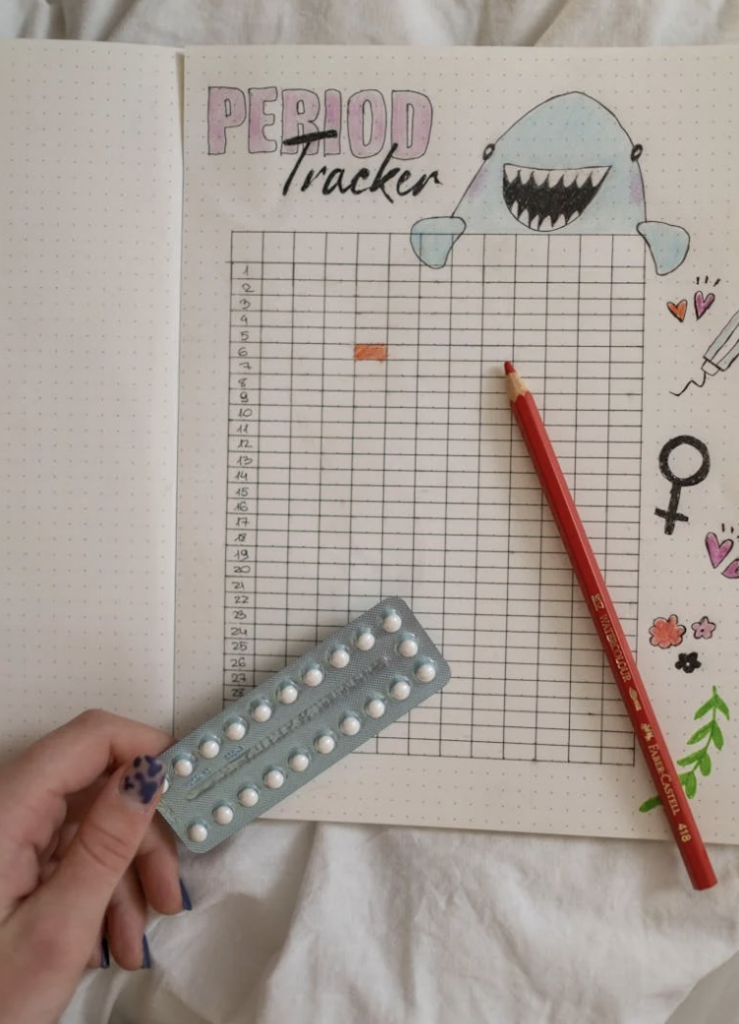Cramping, bloating, mood swings, fatigue, cravings—PMS (premenstrual syndrome) can make several days of the month feel unmanageable. But PMS isn’t just a monthly curse to endure. It’s a sign your body is asking for hormonal balance and nervous system support. The good news? Natural strategies can dramatically reduce symptoms—without relying solely on medication. In this post, you’ll learn the best foods, supplements, and lifestyle tips for real PMS relief.
🔍 What Causes PMS?

PMS symptoms are triggered by hormonal fluctuations, particularly a drop in estrogen and progesterone in the luteal phase (the two weeks before your period). But they’re worsened by:
- Nutrient deficiencies (magnesium, B6, calcium, zinc)
- Blood sugar imbalances
- Poor liver detox (slowed estrogen clearance)
- Chronic stress or poor sleep
🍽️ Best Foods to Eat for PMS Relief

1. Leafy Greens (Spinach, Kale, Swiss Chard)
High in magnesium and calcium—minerals that reduce cramps, irritability, and breast tenderness.
2. Pumpkin Seeds and Sunflower Seeds
Rich in zinc and vitamin E; support progesterone and reduce bloating.
3. Complex Carbs (Sweet Potatoes, Quinoa, Oats)
Stabilize blood sugar and reduce cravings and mood swings.
4. Wild Salmon or Sardines
Provide omega-3 fatty acids to reduce inflammation and cramps.
5. Berries and Cruciferous Veggies (Broccoli, Cauliflower)
Support estrogen detox and reduce hormone-related bloating.
6. Herbal Teas (Chamomile, Raspberry Leaf, Ginger)
Soothe digestion, relax the nervous system, and relieve cramps.
💊 Top Supplements for PMS Relief
1. Magnesium Glycinate (200–400 mg/night)
Relieves cramps, anxiety, and helps with sleep quality.
2. Vitamin B6 (50–100 mg/day)
Supports progesterone production and serotonin synthesis; improves mood and reduces bloating.
3. Omega-3s (EPA/DHA 1000–2000 mg/day)
Anti-inflammatory and helpful for pain and mood.
4. Chasteberry (Vitex agnus-castus)
Balances hormones by supporting progesterone; shown to reduce PMS severity in multiple studies.
5. Calcium (500–1000 mg/day with meals)
Can reduce mood swings and water retention; pair with magnesium.
6. Probiotics
Support estrogen detox via the gut (estrobilome) and reduce bloating and cravings.
🧘 Lifestyle Strategies That Help

1. Prioritize Sleep
Aim for 7–9 hours to reduce cortisol and inflammation.
2. Gentle Exercise (Walking, Yoga, Stretching)
Improves mood and reduces water retention without overtaxing the body.
3. Castor Oil Packs on Lower Abdomen
Reduce pain, support liver detox, and ease cramps.
4. Stress Management
Practice deep breathing, journaling, or short meditation daily.
5. Seed Cycling
- Days 1–14: Flax + pumpkin seeds (estrogen support)
- Days 15–28: Sunflower + sesame seeds (progesterone support)
🚫 What to Avoid If You Struggle With PMS
- Caffeine (especially in the luteal phase): Can worsen anxiety and breast tenderness.
- Refined sugar: Triggers blood sugar crashes, cravings, and worsens irritability.
- Alcohol: Burdens the liver and slows estrogen clearance.
- Processed foods: Promote inflammation and nutrient depletion.
✅ Sample Daily Routine for PMS Relief
Morning: Lemon water, protein-rich breakfast, B-complex, omega-3s
Midday: Magnesium-rich meal (quinoa + leafy greens + salmon), herbal tea
Evening: Magnesium + calcium supplement, castor oil pack, journaling
PMS doesn’t have to control your life. By focusing on hormone-friendly foods, nutrient support, and gentle lifestyle changes, you can take back your energy, mood, and comfort each cycle. Your period should feel like a signal, not a punishment—and with the right tools, relief is absolutely within reach.
Read how magnesium calms hormones and stress
Cleveland Clinic on natural approaches to PMS
